Understanding 2 Shot Injection Molding: Key Benefits and Applications
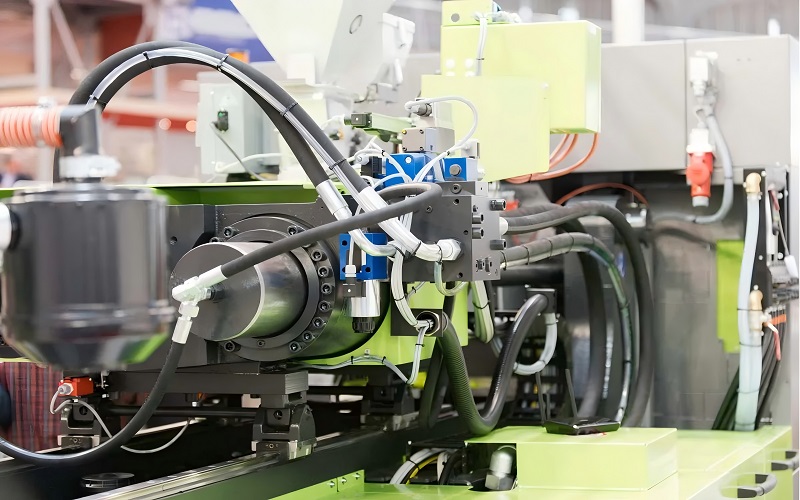
A comprehensive guide to 2 shot injection molding, explaining its multi-material process, key benefits, and how it delivers high-performance, complex parts without the need for assembly.
Essential Guide to PP Injection Molding Temperature Optimization
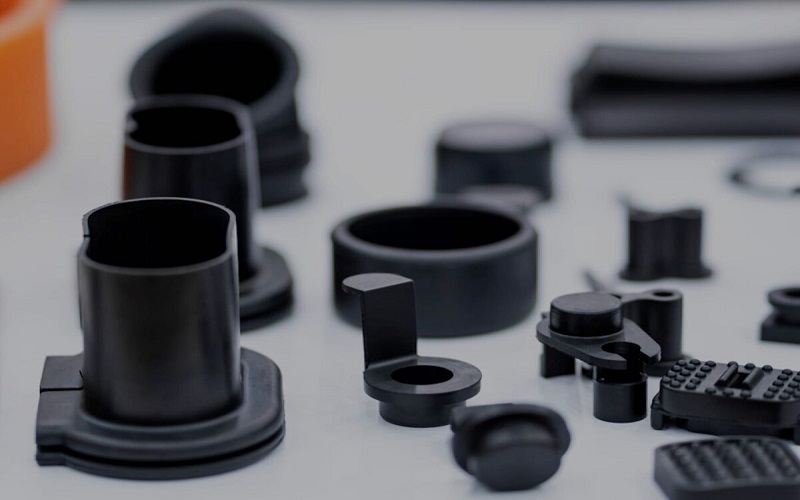
Optimize your PP injection molding temperatures for enhanced efficiency and product quality. Discover practical tips and techniques in our essential guide.
The Benefits of Custom PP Injection Molding for Your Projects
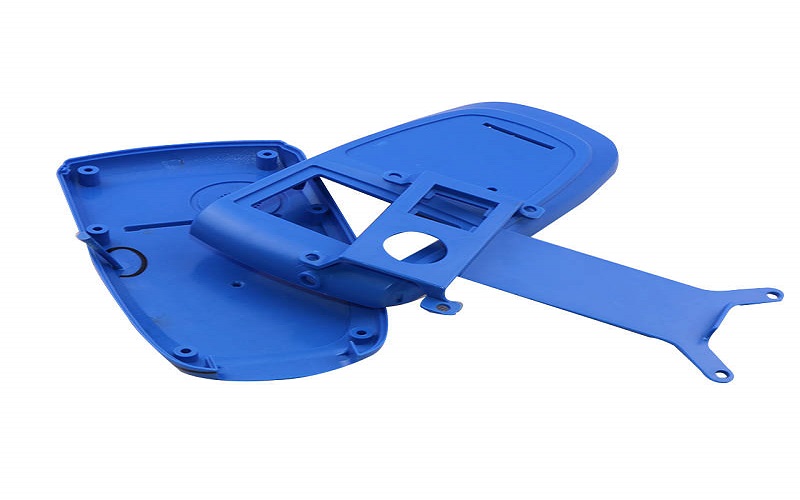
Discover how custom PP injection molding can enhance your projects with precision, efficiency, and cost-effectiveness. Read more to see the benefits!
Essential Guide to Designing for Injection Molding Success

Master the key principles of injection molding design to enhance efficiency and quality. Dive into our essential guide for successful production. Read more!
Mastering Flow Lines Injection Molding: Prevention and Solutions
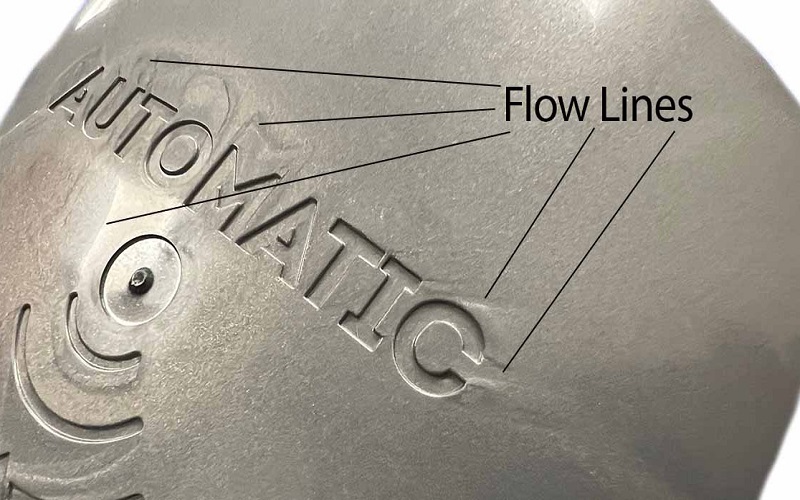
Learn how to identify and prevent flow lines in injection molding. Explore effective solutions to enhance your production quality. Read the article now!
Understanding Polycarbonate BPA Free: Safety and Benefits Explained

Discover the safety and benefits of polycarbonate BPA-free materials. Learn how they can enhance your lifestyle. Read the article for essential insights.
The Best Injection Molding Packaging Solutions for Your Business Needs
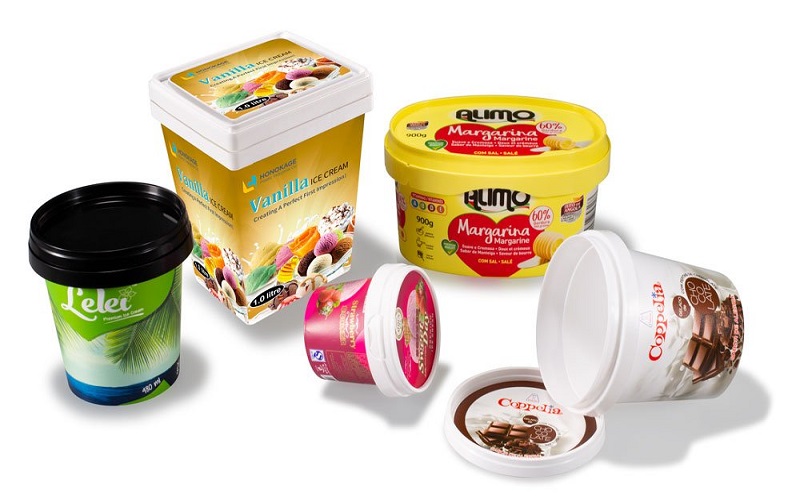
Discover effective injection molding packaging solutions tailored for your business needs. Enhance efficiency and protect your products—read more now!
Top Injection Molding Products for Innovative Manufacturing Solutions
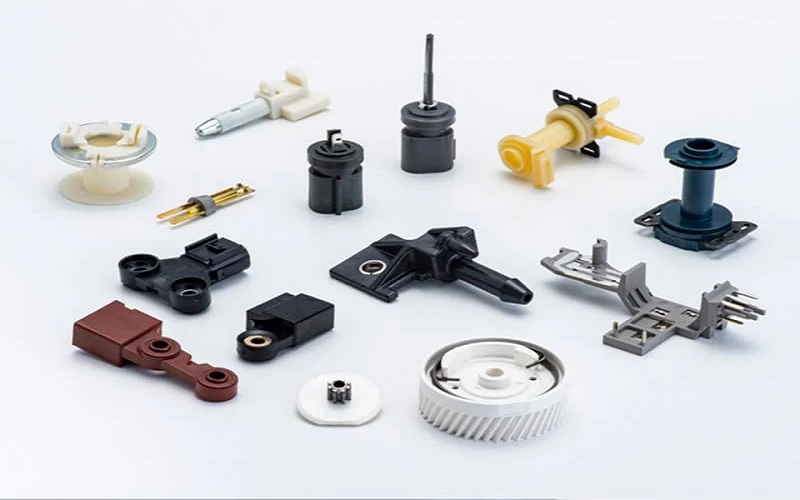
Discover the leading injection molding products that drive innovation in manufacturing. Enhance your production efficiency—read the article now!
Mastering Gas Assisted Injection Molding: Key Techniques and Benefits
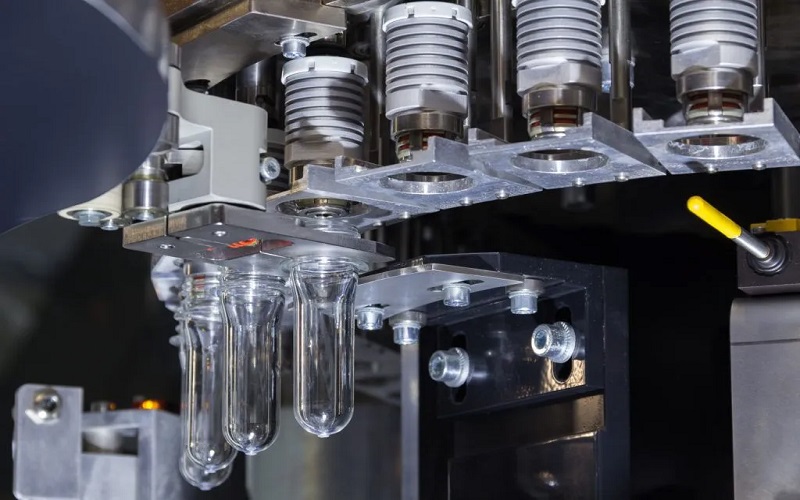
Discover essential techniques and benefits of gas assisted injection molding to enhance your manufacturing process. Read the article for insights and tips.
